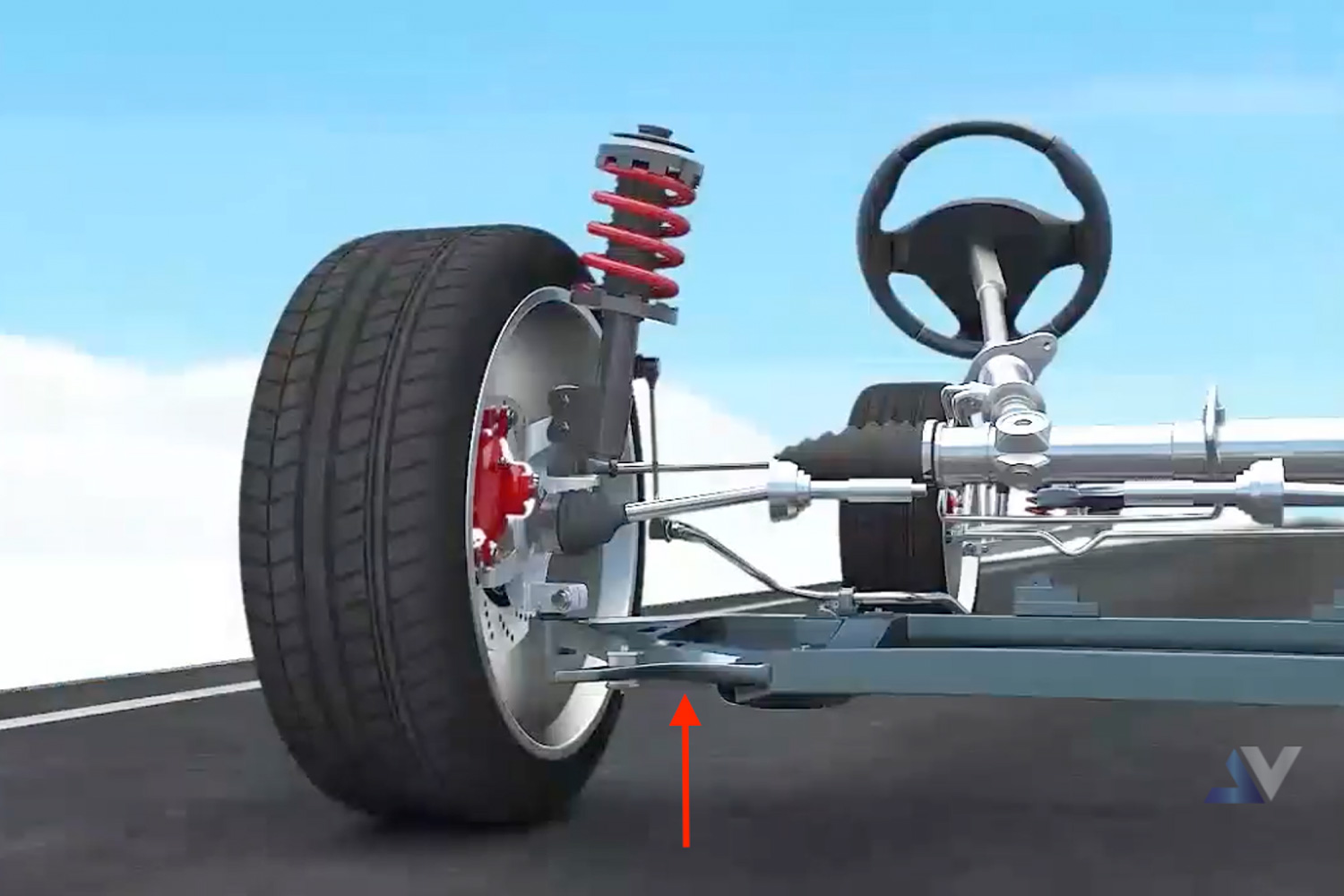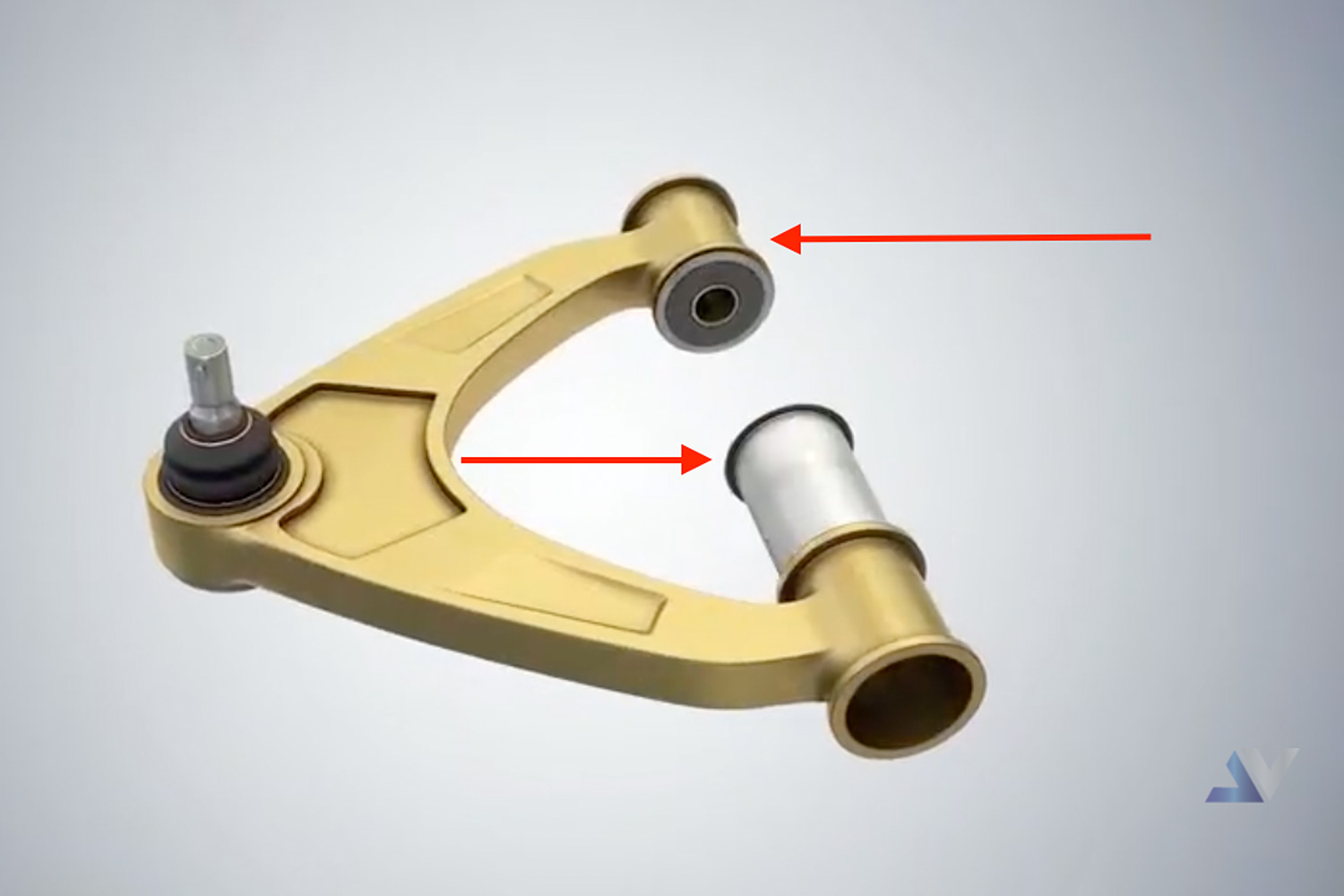Suspension – Control Arms
Suspension – Control Arms
Control Arms, Ball Joints and Bushings are some of the most common failure points we see during a routine service or inspection. In the first part of our blog series on suspension, we take a look at the Control Arms. What are they? Why are they there? What do they do? and What can go wrong?
It goes without saying that to have safe steering and handling, your tyres need to have good contact with the road. As a key part of the suspension system, control arms connect your wheels to the chassis of the car through a series of rubber or silicone ball joints and bushings. This widely used design helps your wheels and tyres safely follow the contours of the road surface.
The number and design of control arms on your vehicle depends on the type of suspension it has. Although control arms can be on the front and the rear on many modern vehicles, most people think of the front when control arms are mentioned. It’s also important to know that there are both upper and lower control arms.
The lower control arms connect to the lower area of the wheels, with one side attached to the frame of the car by rubber or silicone control arm bushings. These bushings prevent metal-on-metal contact when the arm is moving up and down with the wheels. The bushings also reduce overall noise, vibration, and harshness (NVH) while making the vehicle’s ride quality softer and more comfortable. The other side of the control arm is attached to the wheel by a steel spindle.

Lower Control Arm

Control Arm Bushings
The upper control arms are commonly found on independent front suspension (IFS) vehicles and connect the upper part of the wheel through a ball joint and steering knuckle, and through bushings to the frame of the car.
Control Arm Damage
There are three primary types of damage to a control arm: damage to the arm itself, bushing damage, and ball joint damage.
Arm damage can result from rust, extreme use, or breakage from a forceful impact or collision. Damage to the bushings occurs over time due to age and general wear and tear. Ball joints are susceptible to wear and tear or cracking and can also degrade from exposure to corrosive elements such as saltwater, mud and automotive fluids. Rubber boots are in place to keep these elements out, but the boots are often degraded, cracked, and split too.
Ball joints and bushings on the lower control arm are especially susceptible to wear since in most suspension setups the lower arm is actually supporting the weight of the vehicle.
Symptoms of a ‘Bad Control Arm’
Damaged or improperly functioning control arms, ball joints or bushes will exhibit various symptoms, including vehicle vibration, a wandering steering wheel, ‘wobbly’ wheels, unusual noises, inconsistent braking, and uneven tyre wear. If one or more of these issues are occurring, control arm replacement may be necessary.
As the control arms play such an important safety related part in your vehicle’s roadholding, handling and braking, it’s important not to leave it until your next scheduled service if you detect or suspect any of the above symptoms.
The experts at John Dale Motors will carry out a thorough inspection of your vehicle and report on their findings and recommendations.
Following replacement of Lower Control Arms, your vehicle will require a wheel alignment to bring the steering and suspension angles back to within the specifications.

Facebook Connect
About
Delivering expert car servicing and repairs for most makes and models, combined with outstanding customer service to motorists in Morisset and throughout the Central Coast.

Get In Touch
(02) 4392 1327
Unit 2, 15 Brodie Street, Morisset, NSW, 2264
Mon - Fri | 7:30am - 4:30pm